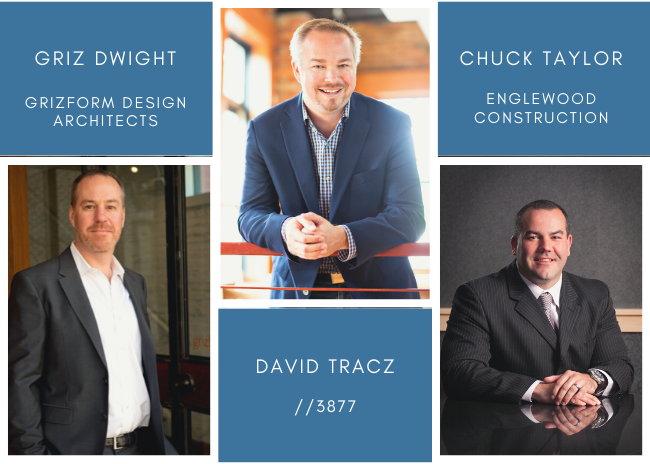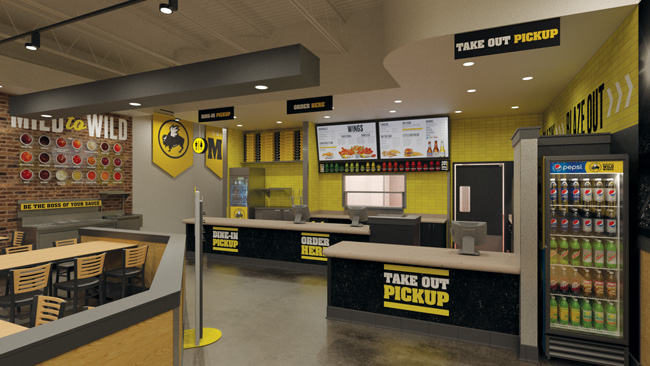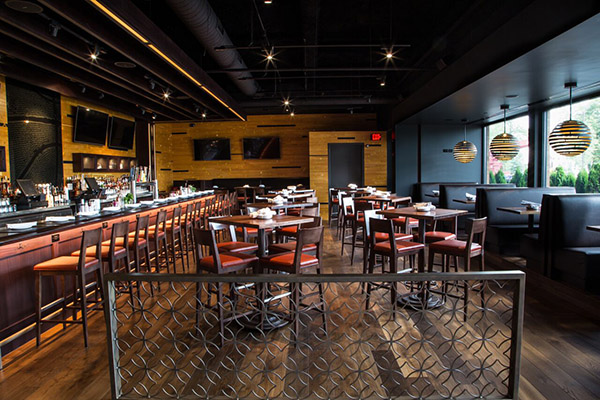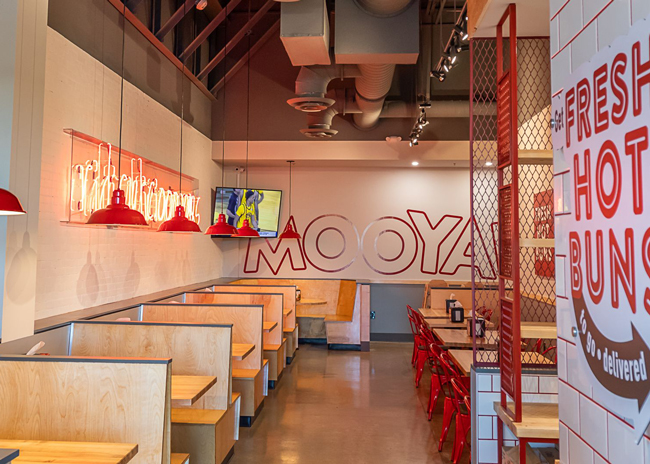Opening a new restaurant is extremely stressful at any time but the COVID-19 pandemic has made nearly everything exponentially more difficult. Many new restaurants have delayed opening or are struggling with the decision of whether or not to open at all. Others are holding out to make to make a big splash when the world reopens.
David Tracz, partner, //3877, in Washington, D.C., is seeing fast-casual and coffee shop-type restaurants open first, since they tend to have a stronger takeout and delivery component, while full-service restaurants are waiting, “because they need a critical mass of people talking about the restaurant.”
For those operators plowing ahead, here are five best practices to consider:
1. Think about making some design changes.
Walk-up windows, more efficient HVAC systems, UV light filters in air ducts, and larger patio dining areas are among items being added, and some restaurants are doing it prior to opening or reworking their planned designs entirely.
HVAC systems are not commonly being retrofitted, says Griz Dwight, principal and founder of GrizForm Design Architects, Washington, D.C., since they’re so expensive. Plus, the science on the effectiveness on improved HVAC systems are being hotly debated right now.
Dwight’s seeing more outdoor dining but says most restaurants aren’t doing enough. “A lot of what I’m seeing is pretty half-assed and a lot of that comes down to the financial outlay: Is it worth spending a lot of time and money on this patio, or do you just put up the banquet chairs and dividers and go? Restaurants are going to have to do a little better, because people go out for the transformative experience, not just to eat.”
Inside, he’s seeing more booths instead of seats and tables in new restaurants, as it’s easier to put in dividers without them looking awkward.
And he expects to see restaurants with more small rooms, “more cozy nooks, less open spaces, quieter, more intimate spaces, because you’re exposing yourself less.” He also wouldn’t be surprised to see some restaurants move to a 100% reserved seating system, and that those reservations will have an end time to them so restaurants can clean the tables thoroughly before they turn them and give customers peace of mind.
Tracz also expects to see more booths instead of banquettes but thinks undulating banquettes may be a good solution to create more group seating.
2. Be ready for delays.
Earlier this year, the construction industry was hit hard by COVID-19, according to Dwight. “It’s really hard to keep 6 feet away from everybody when it takes two people to hold up a pipe,” he says. However, things have improved and construction companies are enforcing the rules, implementing sanitation stations and ensuring everyone wears a mask.
Some items, like bars, are being built off-site, then broken down and reassembled in the nascent restaurant to limit builders’ exposure and the number of people on a job site and limit the number of people traveling, Dwight says. So be sure to allow extra time for these concerns.
Some materials can be difficult to get right now, says Tracz, such as wood, as it was at a premium since it was being used to board up storefronts.
There can also be delays because many businesses were shut down for a long time so now have a backlog, says Chuck Taylor, director of operations for Englewood Construction, Lemont, Ill., says. “A lot of businesses are playing catchup. So, allow more time or do strong due diligence to make sure the things you’re speccing are available.”
3. Get several bids.
“The subcontractor market is hungry and aggressive right now,” says Taylor. “We have a lot of bidders and we’re seeing very competitive prices from them, very much inline with what we saw during the 2008 downturn, so be prepared to negotiate.” He expects this situation to change soon, but right now the construction industry is largely seeking projects.
4. Negotiate with your landlord.
Landlords can be fairly accommodating, says Tracz, so talk to them about delaying your rent. “Think long-term rather than short-term; landlords cut you a break now and you can be around [for a few] years,” he points out. Some landlords, he says, are asking restaurants to just pay a percentage of their revenue as rent, to help them out. “Try to have a ‘We’re in all it together’ mindset,” Tracz says.
5. Prepare for anything when it comes to the permitting process.
On the plus side, permitting processes are moving faster, Dwight says. “There’s just less development going on, so there are fewer projects going through the review. I think a lot of the permit reviewers are working from home, and I think they’re getting more efficient.”
However, that doesn’t seem to true for every municipality. Taylor says he’s seeing permitting take longer than usual. “Municipalities are just getting back into the swing of things, and a lot of them still aren’t at their full capacity and some are subcontracting permits out. It’s definitely not business as usual.”




